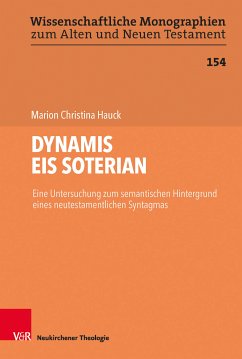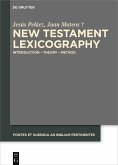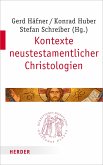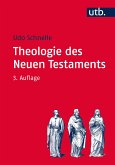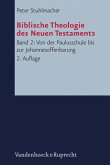This study shows that the syntagma
dynamis eis soterian was widely used in ancient Greek literature of the Classical, Hellenistic, and Greco-Roman periods. A semantic context analysis reveals that "danger" is the common intersection of all contexts in which the syntagma
dynamis eis soterian occurs. In a modified way it also appears in texts of the New Testament (Romans 1:16; 1 Peter 1:5): By using
dynamis (theou) eis soterian in a context focused on danger, Paul (as well as the author of 1 Peter) indicates that his use of the syntagma is consistent with the pagan, non-biblical use of
dynamis eis soterian.
Dieser Download kann aus rechtlichen Gründen nur mit Rechnungsadresse in A, B, BG, CY, CZ, D, DK, EW, E, FIN, F, GR, H, IRL, I, LT, L, LR, M, NL, PL, P, R, S, SLO, SK ausgeliefert werden.

